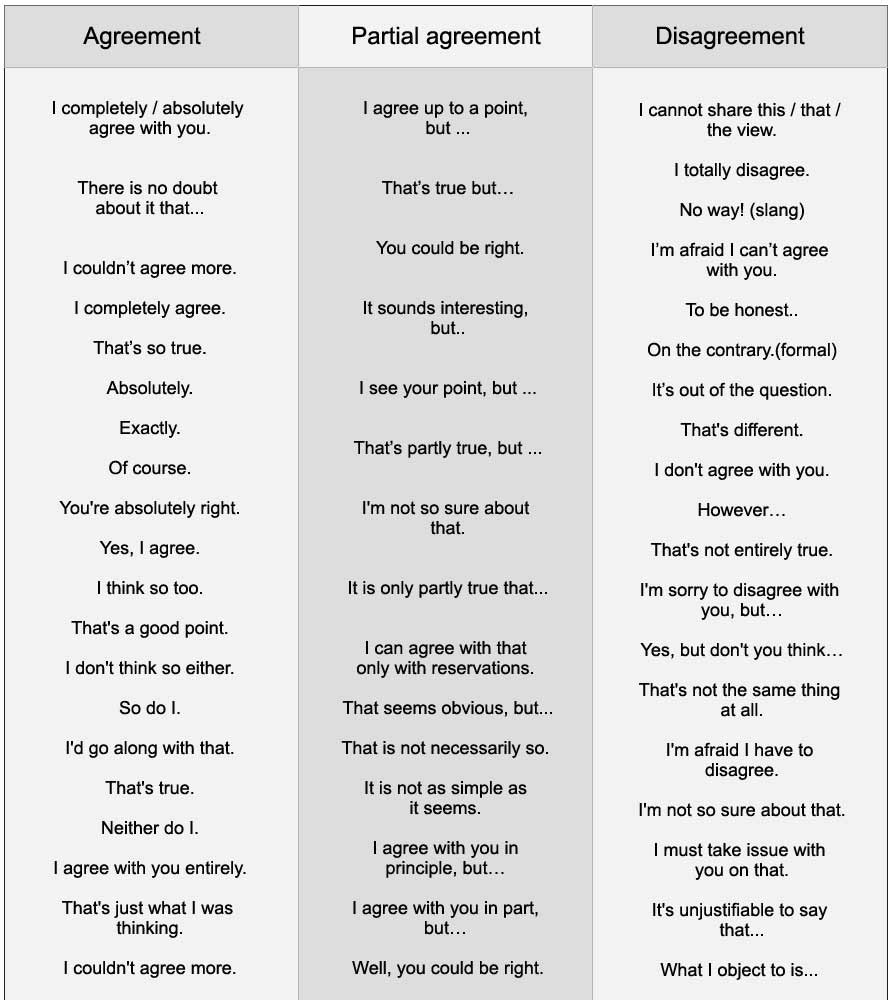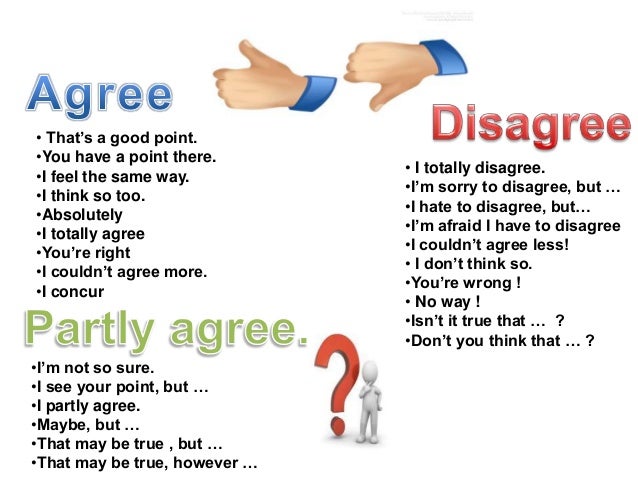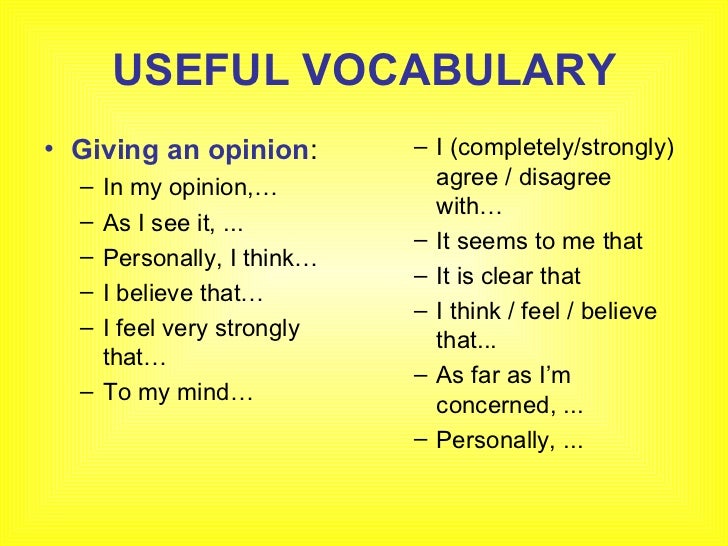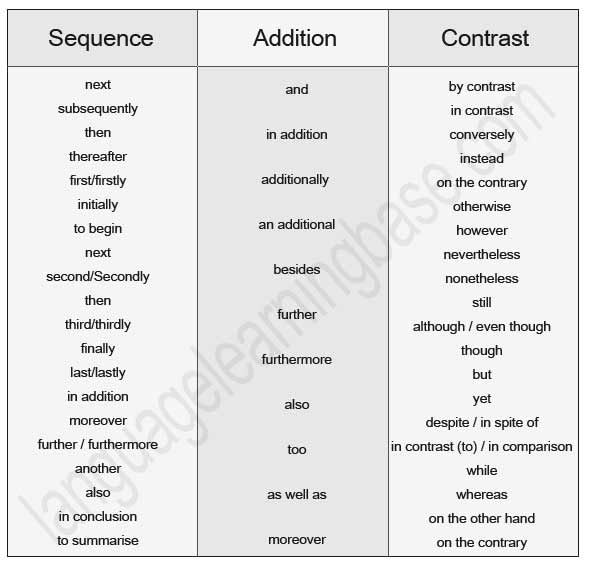| No |
Particle |
Meaning / usage |
| 1 |
は (wa) |
Indicantes the topic of a sentence |
| 2 |
か (ka) |
At the end of a sentence indicating a question |
| 3 |
が (ga) |
Indicates the subject of a sentence |
| 4 |
に (ni) |
Indicates a location |
| 5 |
の (no) |
Indicates possession |
| 6 |
は (wa) |
Indicates a contrast between 2 items |
| 7 |
に (ni) |
Indicates time or frequency |
| 8 |
へ (e) |
Indicates direction |
| 9 |
を (wo/o) |
Indicates the direct object of a verb |
| 10 |
と (to) |
Used to connect and list up multiple items |
| 11 |
や (ya) |
Used to connect and partially list up multiple items |
| 12 |
など (nado) |
Used with や (ya) to partially list up multiple items |
| 13 |
も (mo) |
means “too”, “either”, “also” |
| 14 |
も (mo) |
both…and…, neither…nor… |
| 15 |
に (ni) |
Indicates the indirect object of a verb |
| 16 |
に (ni) |
Indicates the surface of a object where some action takes place |
| 17 |
で (de) |
Indicates the location of an action |
| 18 |
と (to) |
Together with |
| 19 |
の (no) |
Indicates an apposition |
| 20 |
から (kara) |
Indicates a starting point in time or place |
| 21 |
より (yori) |
Indicates a starting point in time or place but more formal than kara (20) |
| 22 |
まで (made) |
Indicates a limit on time, space or quantity |
| 23 |
くらい (kurai) |
Indicates an approximate amount |
| 24 |
ほど (hodo) |
Indicates an approximate amount |
| 25 |
ばかり(bakari) |
Indicates an approximate amount |
| 26 |
で (de) |
Indicates a means or material |
| 27 |
か (ka) |
Indicates a choice or alternative |
| 28 |
を (wo/o) |
Indicates a point of departure |
| 29 |
を (wo/o) |
Indicates a route of a movement/motion |
| 30 |
に (ni) |
Indicates a point of arrival |
| 31 |
に (ni) |
Indicates an entering motion |
| 32 |
に (ni) |
Used together with a verb to express a purpose |
| 33 |
と (to) |
Used when quoting someone |
| 34 |
と いう (to iu) |
Indicates the name of something |
| 35 |
とか (toka) |
“something like” |
| 36 |
で (de) |
Indicates a limit or scope |
| 37 |
と (to) |
Indicates a comparison |
| 38 |
より (yori) |
Indicates a comparison |
| 39 |
より (yori) |
Indicates superlative |
| 40 |
くらい (kurai) |
Indicates a comparison |
| 41 |
ほど (hodo) |
Indicates a comparison in a negative sentence |
| 42 |
か (ka) |
someone, something |
| 43 |
も (mo) |
“nothing”, nobody”, nowhere” if used with an interrogative word |
| 44 |
に (ni) |
Used with a verb to indicate a change or choice |
| 45 |
をする (wo/o suru) |
Expresses an occupation or position |
| 46 |
でも (demo) |
Indicates emphasis |
| 47 |
でも (demo) |
Together with an interrogative word it means “anything”, “anyone”, any time” |
| 48 |
で (de) |
Indicates a cause or a reason |
| 49 |
から (kara) |
Indicates a source such as a giver, a cause or material |
| 50 |
に (ni) |
Indicates a person who gives something or who provides a service |
| 51 |
は (wa) + が (ga) |
Indicates the relation between an object / subjects and a verb or adjective |
| 52 |
が (ga) |
Connects two sentences with the meaning “but…” |
| 53 |
を (wo/o) |
Used with an verb expressing emotions, it indicates the cause of this emotion |
| 54 |
で (de) |
Indicates a state / condition of something |
| 55 |
で (de) |
Limits numbers |
| 56 |
だけ (dake) |
Indicates a limit on things or amounts |
| 57 |
だけ (dake) |
Indicates a limit on an action or state |
| 58 |
で (de) |
Indicates the time of completion or expiration of something |
| 59 |
でも (demo) |
Following a noun, means “or something like this” |
| 60 |
も (mo) |
Emphasizes in a positive or negative way |
| 61 |
でも (demo) |
Indicates two or more items as an example of a larger list |
| 62 |
ばかり (bakari) |
Indicates that an item, state or action is a single one |
| 63 |
ばかり (bakari) |
Indicates an action was just completed |
| 64 |
ところ (tokoro) |
Indicates that an action takes place, just took place or is about to take place |
| 65 |
が (ga) |
Indicates the subject of subordinate clause when it is different from the subject of the main clause |
| 66 |
から (kara) |
conjunction meaning “after” or “since” |
| 67 |
ながら (nagara) |
Indicates that an action is happening simultaneously |
| 68 |
が (ga) |
Indicates the subject of a relative clause |
| 69 |
の (no) |
Indicates the subject of a relative clause |
| 70 |
から (kara) |
Used as a conjunction and indicates a cause or reason |
| 71 |
ので (node) |
Indicates a strong reason |
| 72 |
の (no) |
Indicates a modified pronoun |
| 73 |
の (no) |
Used to nominalize verbs & sentences |
| 74 |
なら (nara) |
Used as a conjunction and indicates a supposition or condition |
| 75 |
なら (nara) |
Indicates a topics and is used as an alternative to wa (No.1) |
| 76 |
と (to) |
Indicates a condition that results in an inevitable outcome |
| 77 |
ば (ba) |
Used as a conjunction to express a probable results |
| 78 |
ばいい (ba) |
“all you have to do…” |
| 79 |
ば (ba) |
Used to enumerate two or more actions or states |
| 80 |
たら (tara) |
Used as a conjunction, indicates a supposition or condition |
| 81 |
たら (tara) |
Used as a conjunction to indicate that one action takes place before the action described in the main sentence |
| 82 |
ところ (tokoro) |
Used as a conjunction to indicate a condition that brings about a discovery |
| 83 |
ても (temo) |
a conjunction meaning “even if” |
| 84 |
ても (temo) |
Used with a set of contrasting verbs and adjectives |
| 85 |
ても (temo) |
Together with an interrogative word it means “no matter what/where/who” |
| 86 |
ては (tewa) |
Indicates a condition which will bring a negative conclusion |
| 87 |
のみ (nomi) |
Indicates a limit (similar to だけ dake) |
| 88 |
まで (made) |
“even”, used to emphasize |
| 89 |
さえ (sae) |
“even”, used to emphasize |
| 90 |
さえ (sae) |
“if only” or “as long as” |
| 91 |
のに (noni) |
“although”, “in spite of the fact that” |
| 92 |
ながら (nagara) |
“although”, “though”, “but” |
| 93 |
とか (toka) |
Indicates that a list of two ore more things or actions is not exhaustive |
| 94 |
たり (tari) |
List of two or more actions in no particular sequence |
| 95 |
たり (tari) |
Indicates actions or states that alternate |
| 96 |
のに (noni) |
Indicates a purpose or function |
| 97 |
のです (no desu) |
Asks for an explanation or reason |
| 98 |
きり (kiri) |
Indicates a limit to an amount |
| 99 |
きり (kiri) |
Indicates the last time a certain incident occured |
| 100 |
とも (tomo) |
Used with numbers and counters to mean “both” or “all” |
| 101 |
ながら (nagara) |
Used with numbers and counters to mean “both” or “all” |
| 102 |
しか (shika) |
Used with a negative verb to indicate limits on conditions or quantities meaning “only” |
| 103 |
しかない (shika nai) |
used with a verb meaning “to have no choice but to” |
| 104 |
し (shi) |
Used as a conjunction, indicating two or more actions or states |
| 105 |
し (shi) |
Used as a conjunction indicating a reason |
| 106 |
とも (tomo) |
Indicates inclusion |
| 107 |
に (ni) |
Indicates the one acting or the one acted upon |
| 108 |
か (ka) |
Indicates uncertainty about something |
| 109 |
か (ka) |
Indicates uncertainty about a state or reason |
| 110 |
だの (dano) |
Indicates two or more items or actions of a longer list (similar to toka とか) |
| 111 |
だの (dano) |
Indicates a pair of opposite actions or states |
| 112 |
など (nado) |
“something to the effect” |
| 113 |
やら (yara) |
Indicates two or more items of a longer list |
| 114 |
やら (yara) |
Indicates uncertainty |
| 115 |
ても (temo) |
Indicates an approximate limit with the meaning of “at the most” |
| 116 |
とも (tomo) |
Indicates an approximate maximum or minimum |
| 117 |
は (wa) |
Indicates that a number is the higher or lowest limit |
| 118 |
と (to) |
Emphasizes a number in a negative sentence |
| 119 |
など (nado) |
Indicates examples |
| 120 |
くらい (kurai) |
Expresses an extent of an action or condition similar to ぐらい gurai |
| 121 |
ほど (hodo) |
Indicates the extend of an action or condition |
| 122 |
ほど (hodo) |
“the more… the more…” |
| 123 |
だけ (dake) |
“as… as…” |
| 124 |
だけ (dake) |
“the more… the more…” |
| 125 |
と (to) |
“about to do something”, “trying to do something” |
| 126 |
と (to) |
“even if…”, “whether… or not” |
| 127 |
なり (nari) |
“either…”, “whether…or” |
| 128 |
なり (nari) |
“anything”, “anyone”, “any time” |
| 129 |
こそ (koso) |
Emphasizes the word preceding it |
| 130 |
こそ (koso) |
Emphasizes a reason or a cause |
| 131 |
ては (tewa) |
Expresses repetition of an action |
| 132 |
に (ni) |
Joins two or more nouns to indicate a list of items |
| 133 |
に (ni) |
Connects two or more items to indicate a matching or a contrast |
| 134 |
にしては (ni shite wa) |
Indicates a generally agreed upon standard |
| 135 |
にとって (ni totte) |
Indicates an effect or value of a person or thing |
| 136 |
について (ni tsuite) |
“about”, “concerning” something or someone |
| 137 |
とも…とも (tomo… tomo) |
“can’t say whether… or…” |
| 138 |
が (ga) |
“even if”, “whether… or not” |
| 139 |
は (wa) |
Emphasizes contrasting elements |
| 140 |
として (toshite) |
Indicates status, capacity or function |
| 141 |
として (toshite) |
Provides emphasis in a negative sentence |
| 142 |
ばかりでなく(bakari de naku) |
“not only… but also” |
| 143 |
だけ (dake) |
used to express “not only…but also” |
| 144 |
のみ (nomi) |
used to express “not only…but also” |
| 145 |
なり (nari) |
“as soon as” |
| 146 |
がはやいか (ga hayai ka) |
“as soon as” |
| 147 |
やいなや (ya ina ya) |
“as soon as” |
| 148 |
かないうちに (ka nai uchi ni) |
“no sooner had”, “hardly had” |
| 149 |
ばかり (bakari) |
Indicates the only action left to do |
| 150 |
ばかりに (bakari ni) |
Emphasizes a reason or cause |
| 151 |
すら (sura) |
Emphasizes in the meaning of “even” |
| 152 |
など (nado) |
Expresses a humble attitude towards an item |
| 153 |
とも (tomo) |
“no matter what”, “even if” |
| 154 |
ともあろうひと (tomo aroo hito) |
To express that someone did something not to be expected |
| 155 |
どころか (dokoro ka) |
“far from”, “not to mention” |
| 156 |
だけに (dake ni) |
Indicates a cause or reason |
| 157 |
までもない (made mo nai) |
“there is no need to…” |
| 158 |
ものの (mono no) |
“but” or “although” |
| 159 |
ところで (tokoro de) |
“even if” |
| 160 |
けれども (keredomo) |
Connects 2 sentences meaning “but” or “although” |
| 161 |
けれども (keredomo) |
Indicates a preliminary remark |
| 162 |
が (ga) |
Used to soften a statement or refusal |
| 163 |
けれども (keredomo) |
Indicates a desire |
| 164 |
ね (ne) |
At the end of a sentence to confirm a statement |
| 165 |
ね (ne) |
At the end of a sentence to soften a request or suggestion |
| 166 |
ね (ne) |
At the end of a sentence to indicate a reason or cause |
| 167 |
ねえ (nee) |
At the end of a sentence to indicate emotion |
| 168 |
よ (yo) |
At the end of a sentence to state a strong conviction |
| 169 |
よ (yo) |
At the end of a sentence to articulate a request or suggestion |
| 170 |
かしら (kashira) |
At the end of a sentence to express uncertainty, a request or a question and mainly used by women |
| 171 |
かな (kana) |
At the end of a sentence to express uncertainty, a request or a question and mainly used by men |
| 172 |
な (na) |
At the end of a sentence and used by men to confirm a statement |
| 173 |
な (na) |
At the end of a sentence to express a prohibition, used by men |
| 174 |
なあ (naa) |
At the end of a sentence to express emotion, used by men |
| 175 |
なあ (naa) |
At the end of a sentence to express a desire |
| 176 |
の (no) |
At the end of a sentence to express a question or soften a command, used by women |
| 177 |
わ (wa) |
At the end of a sentence to soften a statement, used by women |
| 178 |
さ (sa) |
At the end of a sentence to indicate slight emphasis, used by men |
| 179 |
こと (koto) |
At the end of a sentence to indicate emotion, used by women |
| 180 |
こと (koto) |
At the end of a sentence to express a suggestion or invitation, used by women |
| 181 |
もの (mono) |
At the end of a sentence to express a reason or excuse |
| 182 |
とも (tomo) |
At the end of a sentence to express an assertion |
| 183 |
ものか (monoka) |
At the end of a sentence to express a negative determination, used by men |
| 184 |
や (ya) |
At the end of a sentence to soften a statement, request or suggestion, used by men |
| 185 |
たら (tara) |
At the end of a sentence to indicate a suggestion or proposal |
| 186 |
やら (yara) |
At the end of a sentence to indicate a rhetorical question with a negative implication |
| 187 |
ぜ (ze) |
At the end of a sentence to add for to sentence, used by men |
| 188 |
ぞ (zo) |
At the end of a sentence to add force to a sentence or to express a question to oneself |
/about/Orvieto-01-56a537305f9b58b7d0db8c74.jpg) The present continuous tense in Italian
The present simple tense in Italian can mean both ”I do” and “I am doing”. But there is also a present continuous or progressive form, equivalent to English “I am ….ing”:
To form this tense you use:
the present tense of stare [not essere]
sto
stai
sta
stiamo
state
stanno
plus
the present participle, sometimes called the gerund. Grammaticians argue about the term “gerund” so we will call it the present participle. You form it like this:
– are verbs
camminare –-> camminando
– ere verbs
vendere –-> vendendo
– ire verbs
finire –-> finendo
There are some irregular forms:
fare [to do / make] – facendo
dire [to say] – dicendo
bere [to drink] – bevendo
The present participle does not agree [ie., there are no feminine or plural forms].
We use this tense to express what someone is in the process of doing at this moment:
Cosa stai facendo? – What are you doing?
Sto lavorando – I’m working
Sta dormendo – He is sleeping
Stiamo finendo ora ! – We’re finishing now!
Note that we cannot use this tense to express the future in the way that we use the present continuous in English. [“ I’m holidaying in France next year.”]
This tense is used less than the present continuous in English and if you are in doubt, we advise you to use the present simple tense. But you will hear people use this form.
Now you try: Put the verbs in brackets into the present participle form:
ria sta [scrivere] ____________ una lettera.
Stiamo [guardare] ____________ il telegiornale.
Sto [aspettare] ____________ il treno.
Cosa stai [leggere] ____________?
I ragazzi stanno [partire] ____________ ora.
Now put the correct form of the present tense of stare in the gaps:
Giovanni ______ mangiando.
Io ____ finendo il lavoro.
I bambini ______ dormendo.
Cosa _______ facendo, ragazzi?
Dove _____ andando, Maria? [tu form]
The present continuous tense in Italian
The present simple tense in Italian can mean both ”I do” and “I am doing”. But there is also a present continuous or progressive form, equivalent to English “I am ….ing”:
To form this tense you use:
the present tense of stare [not essere]
sto
stai
sta
stiamo
state
stanno
plus
the present participle, sometimes called the gerund. Grammaticians argue about the term “gerund” so we will call it the present participle. You form it like this:
– are verbs
camminare –-> camminando
– ere verbs
vendere –-> vendendo
– ire verbs
finire –-> finendo
There are some irregular forms:
fare [to do / make] – facendo
dire [to say] – dicendo
bere [to drink] – bevendo
The present participle does not agree [ie., there are no feminine or plural forms].
We use this tense to express what someone is in the process of doing at this moment:
Cosa stai facendo? – What are you doing?
Sto lavorando – I’m working
Sta dormendo – He is sleeping
Stiamo finendo ora ! – We’re finishing now!
Note that we cannot use this tense to express the future in the way that we use the present continuous in English. [“ I’m holidaying in France next year.”]
This tense is used less than the present continuous in English and if you are in doubt, we advise you to use the present simple tense. But you will hear people use this form.
Now you try: Put the verbs in brackets into the present participle form:
ria sta [scrivere] ____________ una lettera.
Stiamo [guardare] ____________ il telegiornale.
Sto [aspettare] ____________ il treno.
Cosa stai [leggere] ____________?
I ragazzi stanno [partire] ____________ ora.
Now put the correct form of the present tense of stare in the gaps:
Giovanni ______ mangiando.
Io ____ finendo il lavoro.
I bambini ______ dormendo.
Cosa _______ facendo, ragazzi?
Dove _____ andando, Maria? [tu form]

 Present Tense
The present tense in Italian is essentially the same as in English. The only difference is that it can also be used as the present continuous, so “I do” and “I am doing” are conjugated the same way. The English present continuous, however, is expressed in a better way by a more complex construction with the verb “stare” and the “gerundio” form (the English -ing form).
Also note that the subject pronoun can be dropped from a conjugated verb because the ending of the conjugated verb communicates the subject of the action.
Present Tense Conjugations 1, 2, & 3
To conjugate regular verbs follow this method:
1) Drop the ending from the infinitive to give the stem.
Exx. lavorare (to work) → lavor-
2) Add the correct ending:
Exx. lavorare → lavor- → lavoro
Present Tense
The present tense in Italian is essentially the same as in English. The only difference is that it can also be used as the present continuous, so “I do” and “I am doing” are conjugated the same way. The English present continuous, however, is expressed in a better way by a more complex construction with the verb “stare” and the “gerundio” form (the English -ing form).
Also note that the subject pronoun can be dropped from a conjugated verb because the ending of the conjugated verb communicates the subject of the action.
Present Tense Conjugations 1, 2, & 3
To conjugate regular verbs follow this method:
1) Drop the ending from the infinitive to give the stem.
Exx. lavorare (to work) → lavor-
2) Add the correct ending:
Exx. lavorare → lavor- → lavoro

 In Italian, the present indicative tense works much like the present tense in English. To conjugate Italian verbs in the present indicative tense, you first need to understand that Italian infinitives (the “to” form, as in to die, to sleep, to dream) end in one of three ways — and that you conjugate the verb based on that ending:
In Italian, the present indicative tense works much like the present tense in English. To conjugate Italian verbs in the present indicative tense, you first need to understand that Italian infinitives (the “to” form, as in to die, to sleep, to dream) end in one of three ways — and that you conjugate the verb based on that ending:


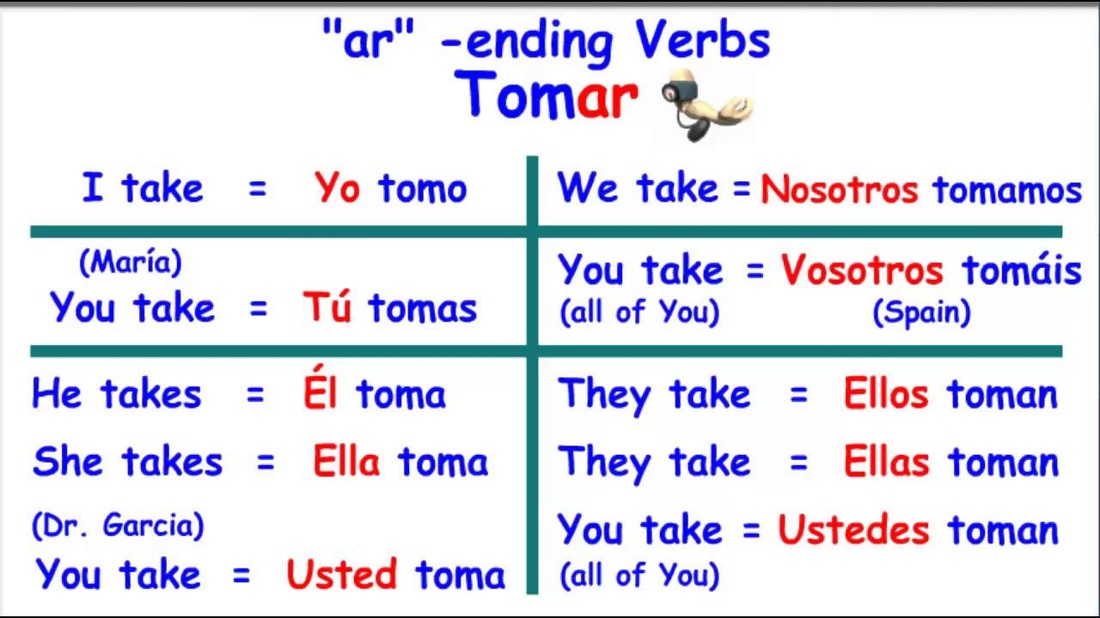

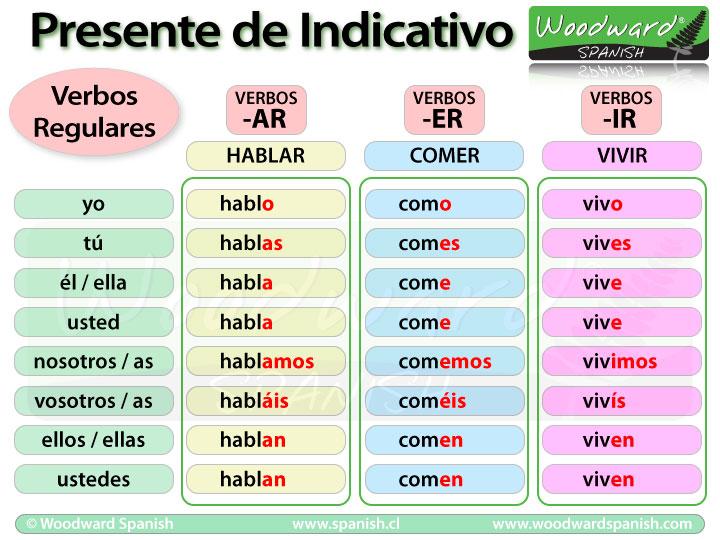


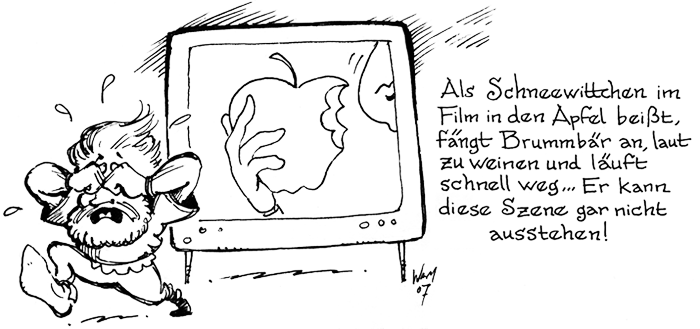
 Introducing and Greeting People in English
Introducing and Greeting People in English
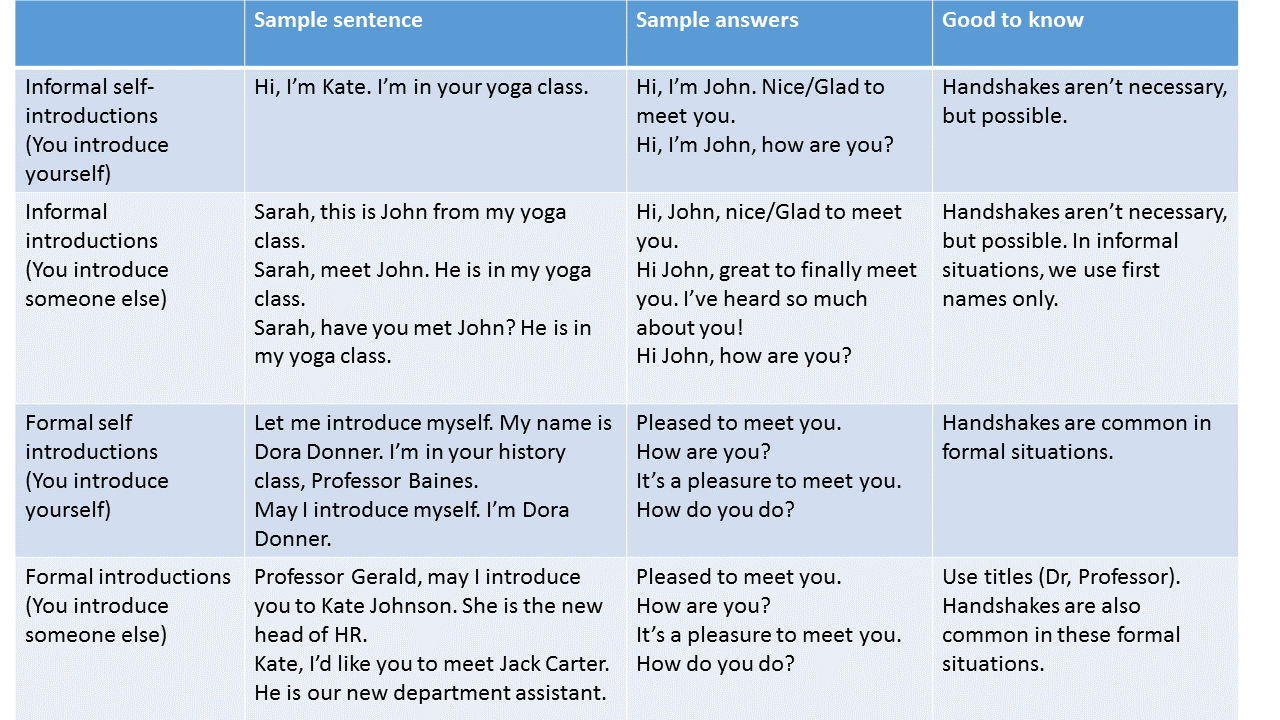
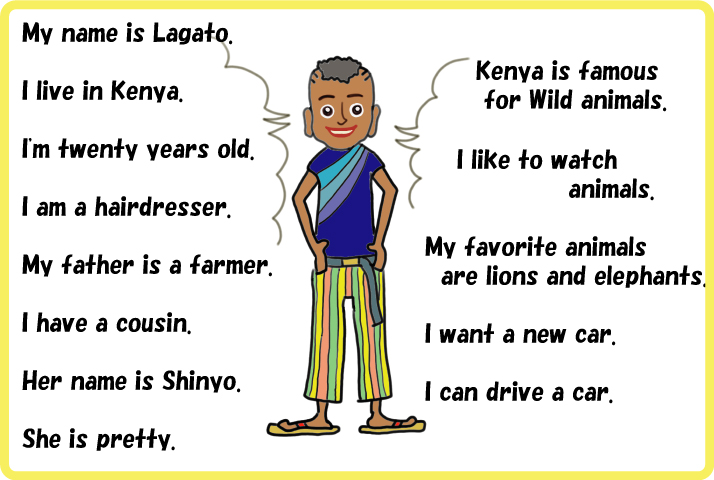

 Agreeing and Disagreeing
Agreeing and Disagreeing

